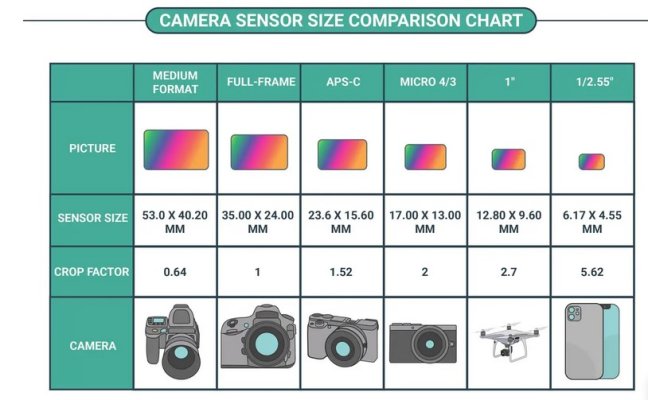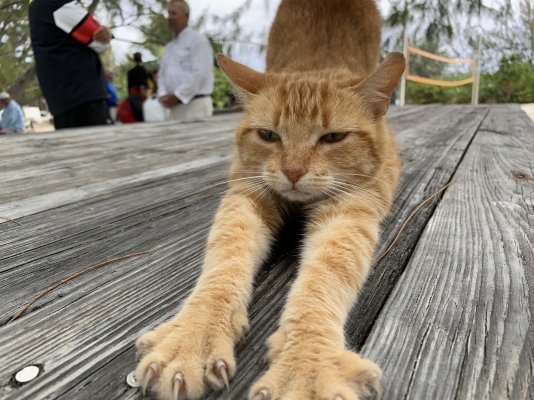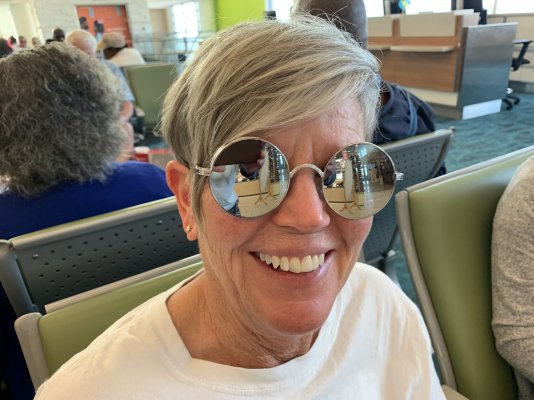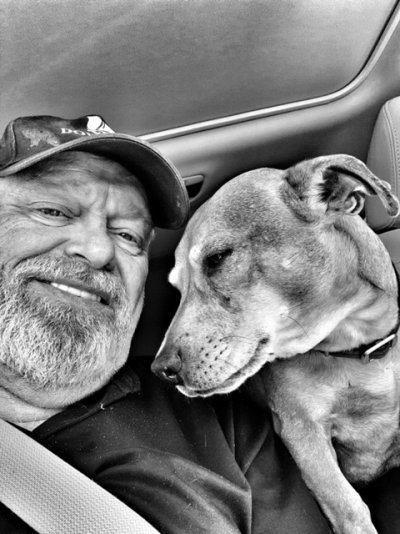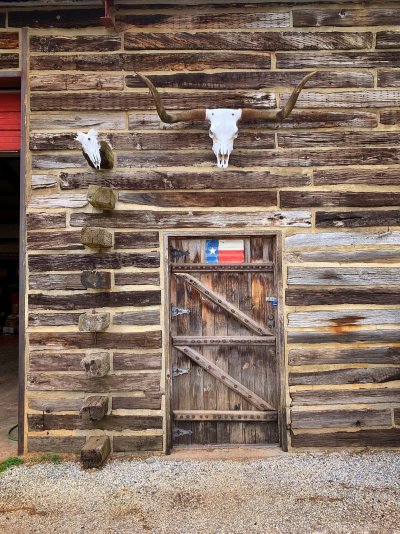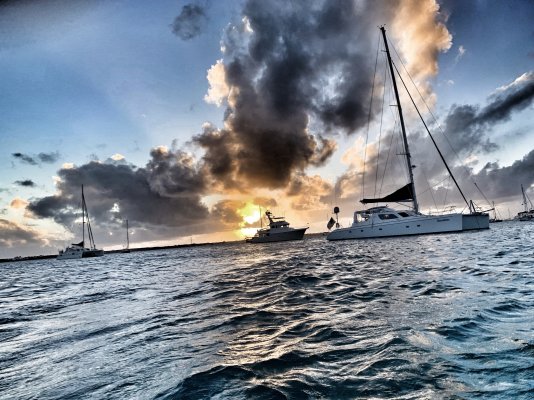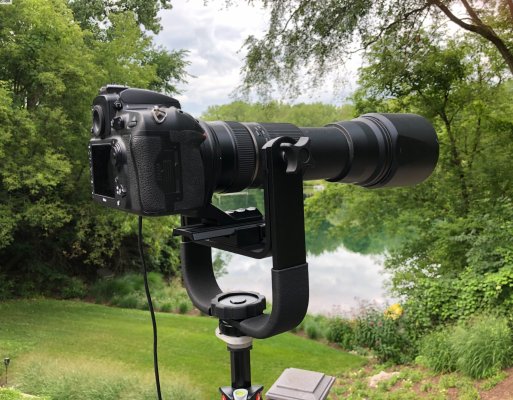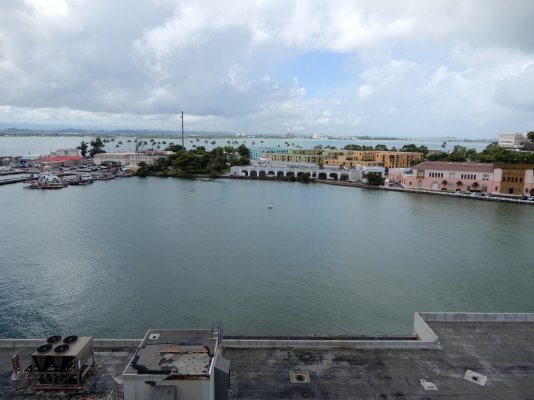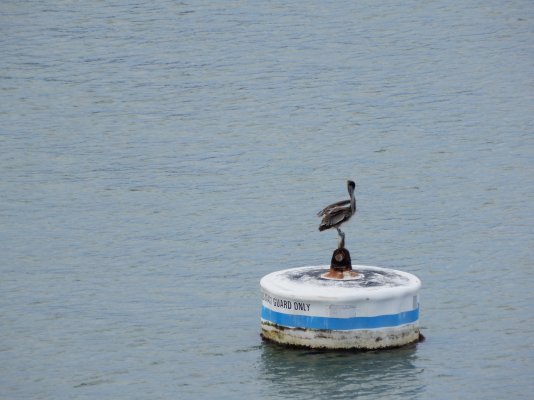Chuckanut
Give me a museum and I'll fill it. (Picasso) Give me a forum ...
Well, I don't know about "fantastic" but I use a monopod. Image stabilization is nice, but I belong to the school that believes there is no such thing as a camera that is too stable. Here's the setup in use, game drive in Africa Feb. 2020:
Monopod leg from Benro carbon tripod, Acratech SP ball head, Acratech lever lock Arca-Swiss clamp. A monopod is far more versatile and far less bulk than a tripod.
For the OP, don't worry about 'pods. If DW decides she is losing too many shots to instability, that will be the time to start shopping.
FWIW, I have a small, about 6 inches, Gorilla pod that screws into the socket on the bottom of my cameras. By grabbing the pod firmly with my left hand and the camera body with my right had, I get far less shake than any other hand-held method. If possible I use the flexibility of the Gorilla pod to brace the camera against a wall, pole or other stable object.

